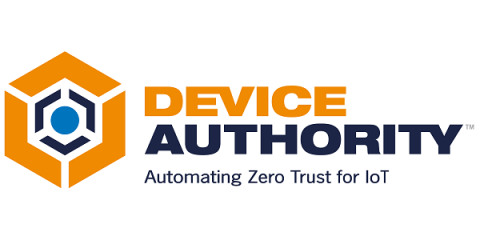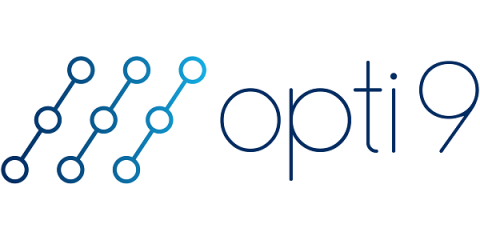Mastering Identity and Access Management Policies: A Comprehensive Guide
How can your business develop and maintain identity and access management policies that safeguard your digital assets while providing appropriate access levels? In this guide, we explore the key elements of IAM policies, their critical role in organisational security, and offer actionable insights for crafting policies that align with both business needs and regulatory demands.










